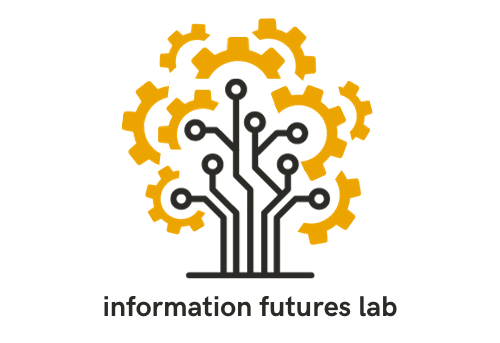In our review, we identified six important actions the research community, funders and public health practitioners can take together to generate more actionable evidence on how to best respond to misleading health information:
Include public health experts in intervention design. Not all health misinformation is of equal concern for public health, and public health related measures such as assessing the impact of a type of health misinformation on behaviors are crucial to understanding the connection between misinformation and health outcomes. Misinformation researchers from different fields need to collaborate to prioritize and co-design interventions that matter to public health.
Develop consistent outcome measures. Our review revealed a large number of different outcome measures (47), and a lack of consistency in how alike measures were named and measured. To stop talking past each other, researchers need to align and standardize the field.
Expand intervention studies to visual formats. Only 4% of studies exposed participants to video-based content, and another 2% exposed them to video and text content. As video-based platforms such as TikTok and YouTube have rapidly grown in users and content, it is crucial to assess how video-based health misinformation impacts people’s beliefs and behaviors.
Co-develop a typology of misinformation. The examples of misinformation that were used in the studies reviewed by our team varied greatly, from narratives of “garlic prevents COVID-19 infection” to “inflated COVID-19 deaths” to “COVID-19 mRNA vaccine now linked to cancer” to “Bill Gates admits the vaccine kills people”. Researchers need to collaborate to create an agreed-upon typology of health misinformation so public health officials and policy makers can prioritize interventions that best fit their needs and settings.
Test interventions globally. In our review, we found a strong bias towards U.S.-based populations. To make findings more generalizable, and understand the unique dynamics of how misinformation impacts people – especially the Global South – more research outside of the U.S. and Europe is needed.
Invest in more longitudinal research. Only 14% of studies we reviewed assessed the continued impact of interventions over time, and even in those cases, ‘longitudinally’ meant measuring outcomes again one to three weeks after exposure. An investment in studying the longer-term effects of health misinformation interventions is urgently needed.
